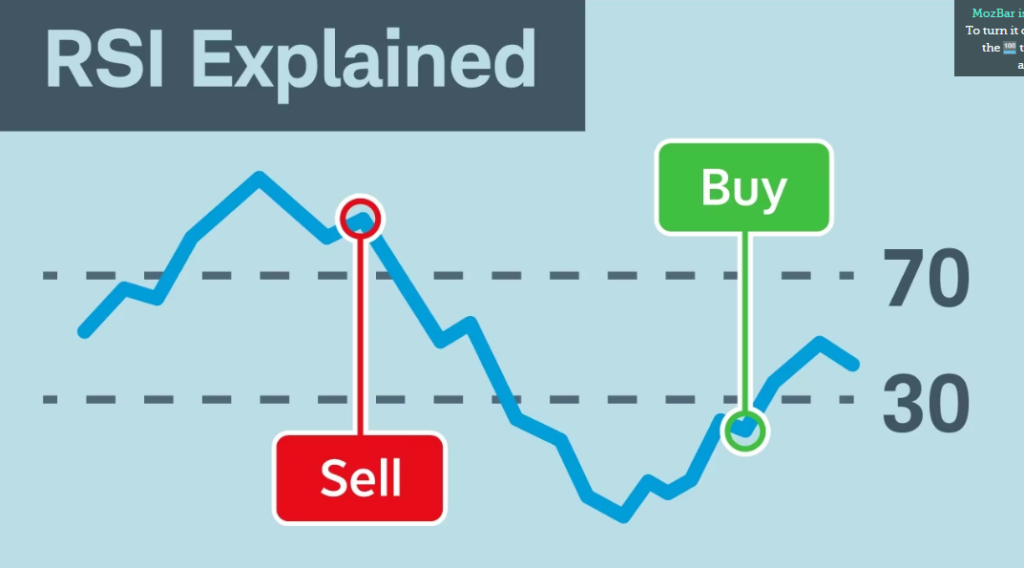In the fast-paced world of crypto trading, understanding the interpretation of crypto charts is paramount to making informed decisions and maximizing profits. This comprehensive guide goes beyond the basics and covers advanced crypto chart tips that will give you a strategic advantage over other traders. Let’s navigate the complex landscape of crypto charts together.
Table of Contents
- The Importance of Candlestick Patterns
- Utilizing Moving Averages for Precision
- Mastering Relative Strength Index (RSI) for Timing
- Fibonacci Retracement: Unveiling Key Support and Resistance Levels
- Advanced Trendline Strategies
- Dive into Volume Analysis
- Stay Informed with News and Events
- Risk Management: The Cornerstone of Successful Trading
- Conclusion
- FAQs
- Why are candlestick patterns essential in crypto chart analysis?
- How do moving averages contribute to accurate trend analysis in cryptocurrency trading?
- What role does the Relative Strength Index (RSI) play in crypto chart analysis?
- How can Fibonacci retracement levels be used to identify key support and resistance levels?
- Why is volume analysis important in interpreting crypto charts?
The Importance of Candlestick Patterns
Candlestick patterns are the foundation of crypto chart analysis. To gain a deeper insight into market trends, familiarize yourself with various candlestick formations. Recognizing patterns like dojis, hammers, and engulfing candles can be instrumental in predicting price movements accurately.
Utilizing Moving Averages for Precision
Moving averages are indispensable tools for discerning trends amidst market noise. Incorporating both short-term and long-term moving averages into your analysis can help filter out fluctuations, offering a clearer picture of the overall trend. Identify crossovers and divergences for more nuanced predictions.
Mastering Relative Strength Index (RSI) for Timing
The Relative Strength Index (RSI) is a powerful indicator for gauging the overbought or oversold conditions of an asset. Integrating RSI into your crypto chart analysis can aid in identifying optimal entry and exit points. A disciplined approach to RSI interpretation can be a game-changer in volatile crypto markets.

Fibonacci Retracement: Unveiling Key Support and Resistance Levels
Fibonacci retracement levels are invaluable in determining potential reversal points. By applying Fibonacci ratios to price movements, traders can pinpoint crucial support and resistance levels. This technique is particularly effective when combined with other indicators, enhancing the overall accuracy of your analysis.
Advanced Trendline Strategies
Moving beyond basic trendlines, employ advanced trendline strategies to refine your market analysis. Utilize trend channels, pitchforks, and Andrews’ pitchfork to identify trend strength and potential breakout points. A nuanced understanding of trendlines can provide a competitive edge in predicting price movements.
Dive into Volume Analysis
Volume analysis is often underestimated but plays a pivotal role in confirming price trends. An increase in trading volume during a price movement signifies stronger market conviction. Integrating volume analysis into your crypto chart assessments can enhance the reliability of your predictions.
Stay Informed with News and Events
While technical analysis is crucial, never underestimate the impact of fundamental analysis. Stay abreast of crypto-related news, regulatory developments, and major events that could influence market sentiment. A holistic approach, combining both technical and fundamental analyses, ensures a well-rounded perspective.
Risk Management: The Cornerstone of Successful Trading
No discussion on crypto chart analysis is complete without emphasizing the importance of risk management. Set clear stop-loss orders, diversify your portfolio, and avoid emotional decision-making. Sound risk management practices are the bedrock of sustained success in the volatile world of cryptocurrency trading.
Conclusion
In conclusion, mastering the art of reading crypto charts requires a multifaceted approach. From understanding candlestick patterns to employing advanced trendline strategies and incorporating fundamental analysis, each facet contributes to a comprehensive and accurate market assessment. Remember, the key to successful trading lies not only in predicting price movements but also in managing risks effectively.
FAQs
Why are candlestick patterns essential in crypto chart analysis?
Candlestick patterns provide crucial visual cues that help traders interpret market sentiment and predict potential price movements. Understanding patterns like dojis, hammers, and engulfing candles enhances the precision of crypto chart analysis.
How do moving averages contribute to accurate trend analysis in cryptocurrency trading?
Moving averages filter out market noise, offering a clear representation of trend directions. By incorporating both short-term and long-term moving averages, traders can identify crossovers and divergences, gaining a nuanced understanding of the overall market trend.
What role does the Relative Strength Index (RSI) play in crypto chart analysis?
The RSI is a powerful indicator for gauging overbought or oversold conditions of an asset. Integrating RSI into analysis helps traders identify optimal entry and exit points, providing a strategic advantage in navigating volatile crypto markets.
How can Fibonacci retracement levels be used to identify key support and resistance levels?
Applying Fibonacci ratios to price movements reveals potential reversal points, assisting traders in pinpointing crucial support and resistance levels. When combined with other indicators, Fibonacci retracement becomes a valuable tool for enhancing the accuracy of crypto chart analysis.
Why is volume analysis important in interpreting crypto charts?
Volume analysis confirms the strength of price trends by examining trading volume during market movements. An increase in volume signifies stronger market conviction, adding a layer of confirmation to the technical analysis and boosting the reliability of predictions.






